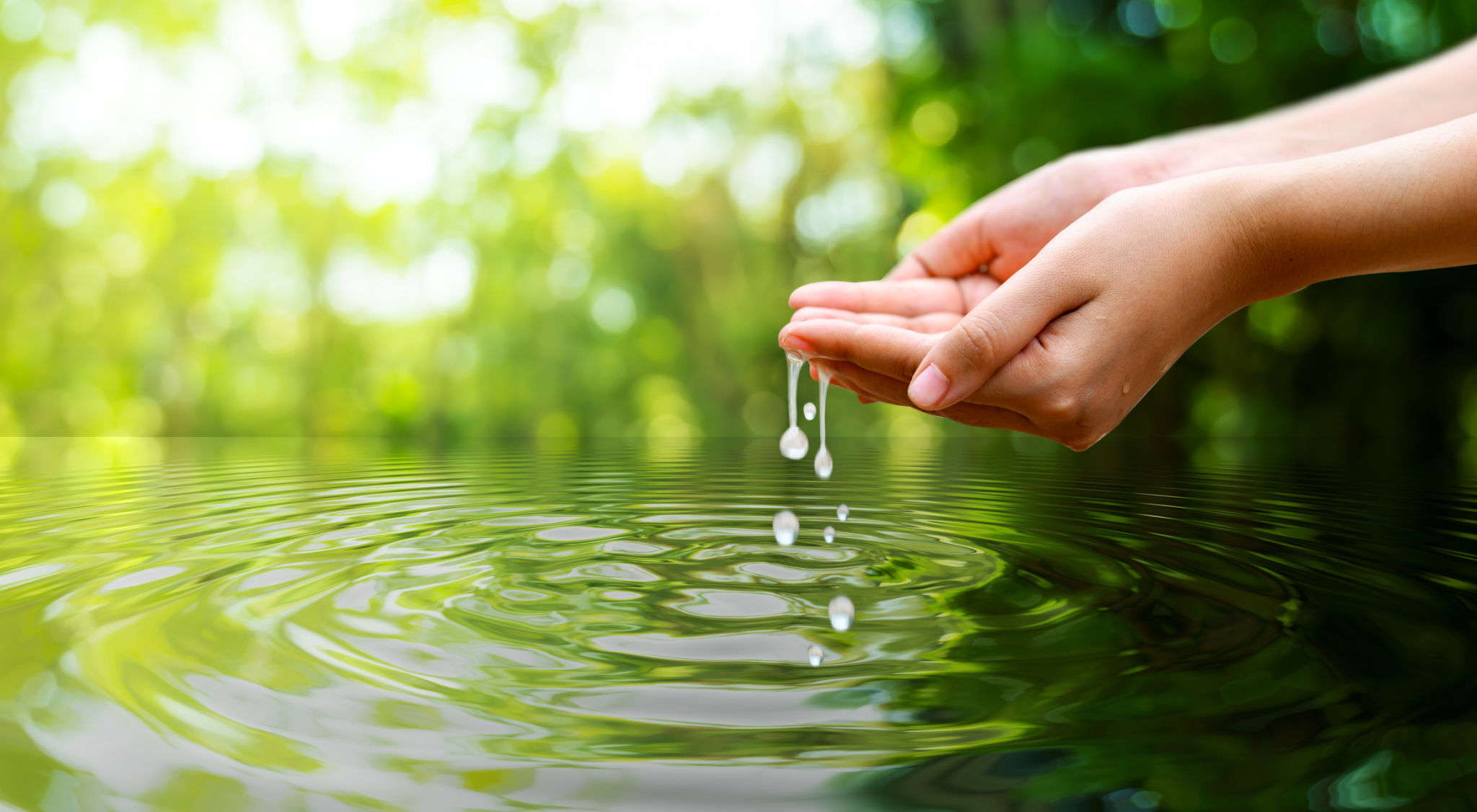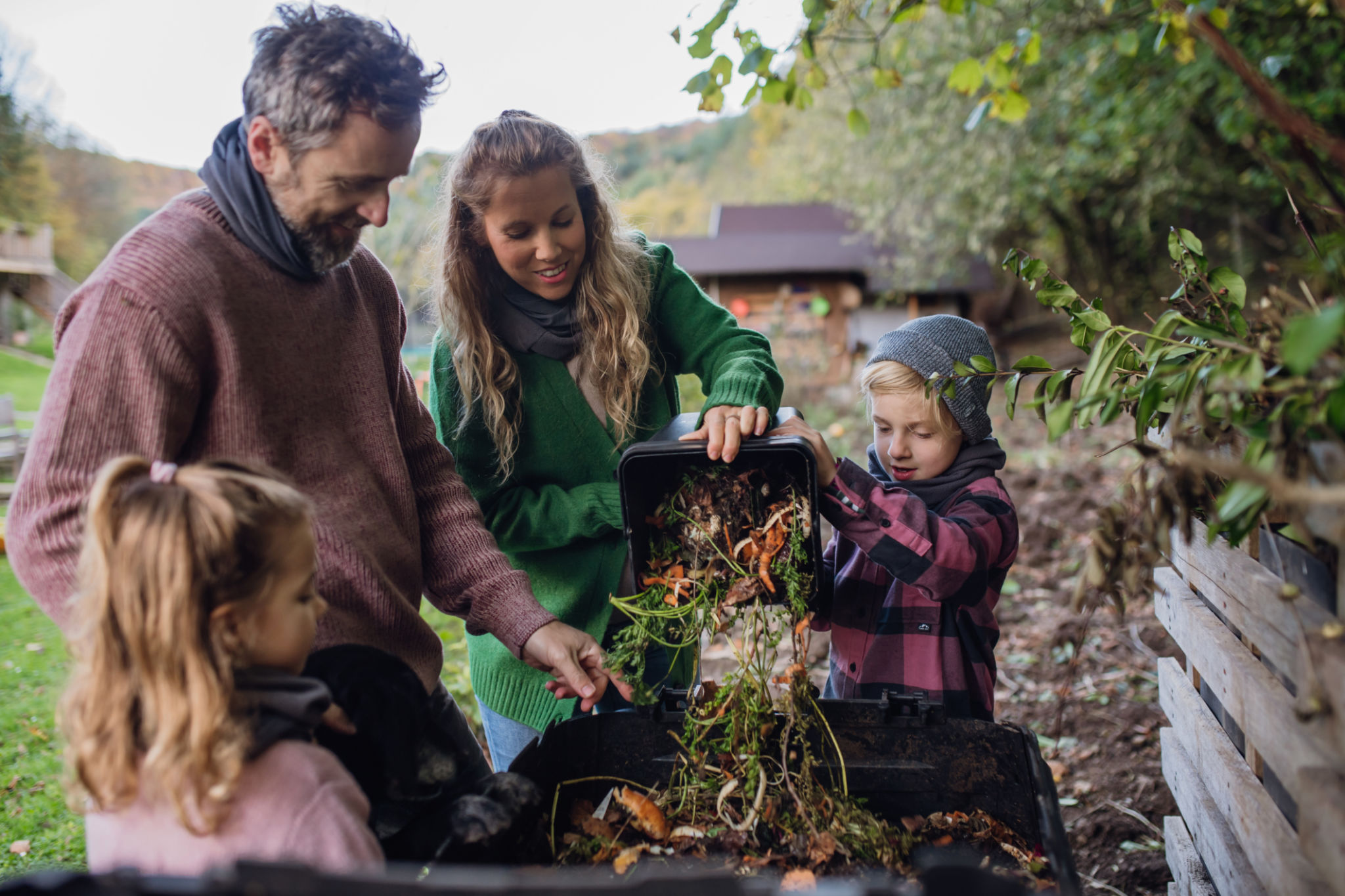Sustainable Landscaping Trends in the New York Area: Eco-Friendly Solutions for Your Garden
Understanding the Importance of Sustainable Landscaping
In recent years, sustainable landscaping has gained significant traction among homeowners and businesses in the New York area. This trend reflects a growing awareness of environmental issues and a desire to minimize ecological footprints. By adopting eco-friendly landscaping practices, individuals can create beautiful outdoor spaces that are both functional and sustainable.

Native Plants: A Key Element
One of the most effective ways to achieve sustainability in landscaping is by incorporating native plants. These plants are naturally adapted to the local climate and soil conditions, requiring less water and maintenance compared to non-native species. By choosing native plants, gardeners can significantly reduce water usage and promote biodiversity in their gardens.
Moreover, native plants provide essential habitats for local wildlife, including pollinators such as bees and butterflies. By supporting these creatures, gardeners contribute to the health of the ecosystem and ensure the proliferation of various plant species.
Water Conservation Techniques
Water conservation is a crucial aspect of sustainable landscaping. In the New York area, where water resources can be limited, implementing techniques such as drip irrigation and rainwater harvesting can make a significant difference. Drip irrigation systems deliver water directly to plant roots, minimizing evaporation and ensuring efficient usage.

Rainwater harvesting involves collecting and storing rainwater for use in irrigation. This method not only conserves water but also reduces dependence on municipal water supplies. Homeowners can install rain barrels or more elaborate systems to capture and utilize rainwater effectively.
Soil Health and Composting
Healthy soil is the foundation of any successful garden. Sustainable practices such as composting can improve soil quality while reducing waste. Composting involves recycling organic materials like kitchen scraps and yard waste into nutrient-rich soil amendments. This process enhances soil structure, promotes beneficial microbial activity, and reduces the need for chemical fertilizers.

In addition to composting, gardeners can adopt no-till gardening techniques to preserve soil integrity. By minimizing soil disturbance, these methods help maintain soil structure, reduce erosion, and encourage healthy root systems.
Integrating Wildlife-Friendly Features
Creating a wildlife-friendly garden is another exciting trend in sustainable landscaping. By incorporating features such as birdhouses, bat boxes, and butterfly gardens, homeowners can attract various species and foster a thriving ecosystem. These additions not only enhance biodiversity but also offer educational opportunities for families to learn about local wildlife.
Moreover, providing food sources such as native flowering plants and berry-producing shrubs ensures that wildlife has access to nourishment throughout the year. This practice supports the survival of species that play vital roles in the ecosystem.
Conclusion: Embracing Eco-Friendly Practices
Sustainable landscaping is more than a trend; it's a movement towards responsible stewardship of our natural resources. By integrating native plants, conserving water, improving soil health, and supporting local wildlife, New York gardeners can create lush, eco-friendly landscapes that benefit both individuals and the environment. As awareness continues to grow, these practices will undoubtedly become standard in gardens across the region.